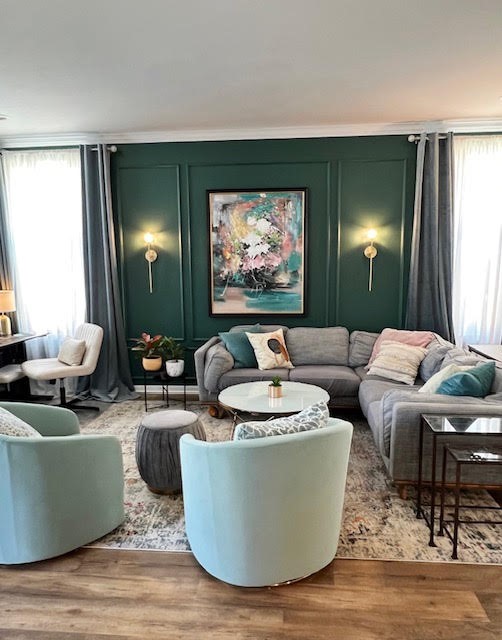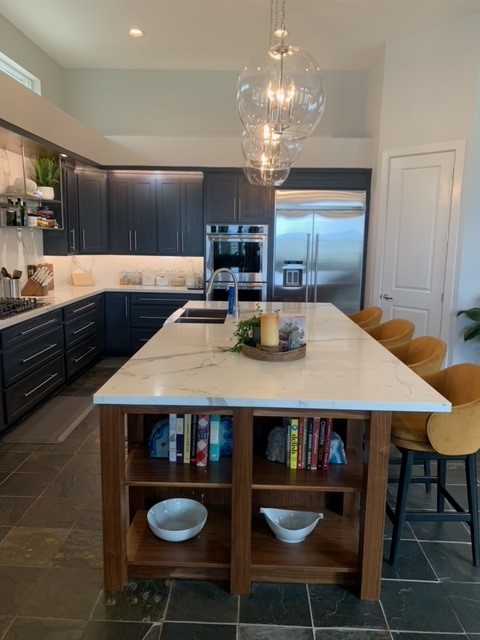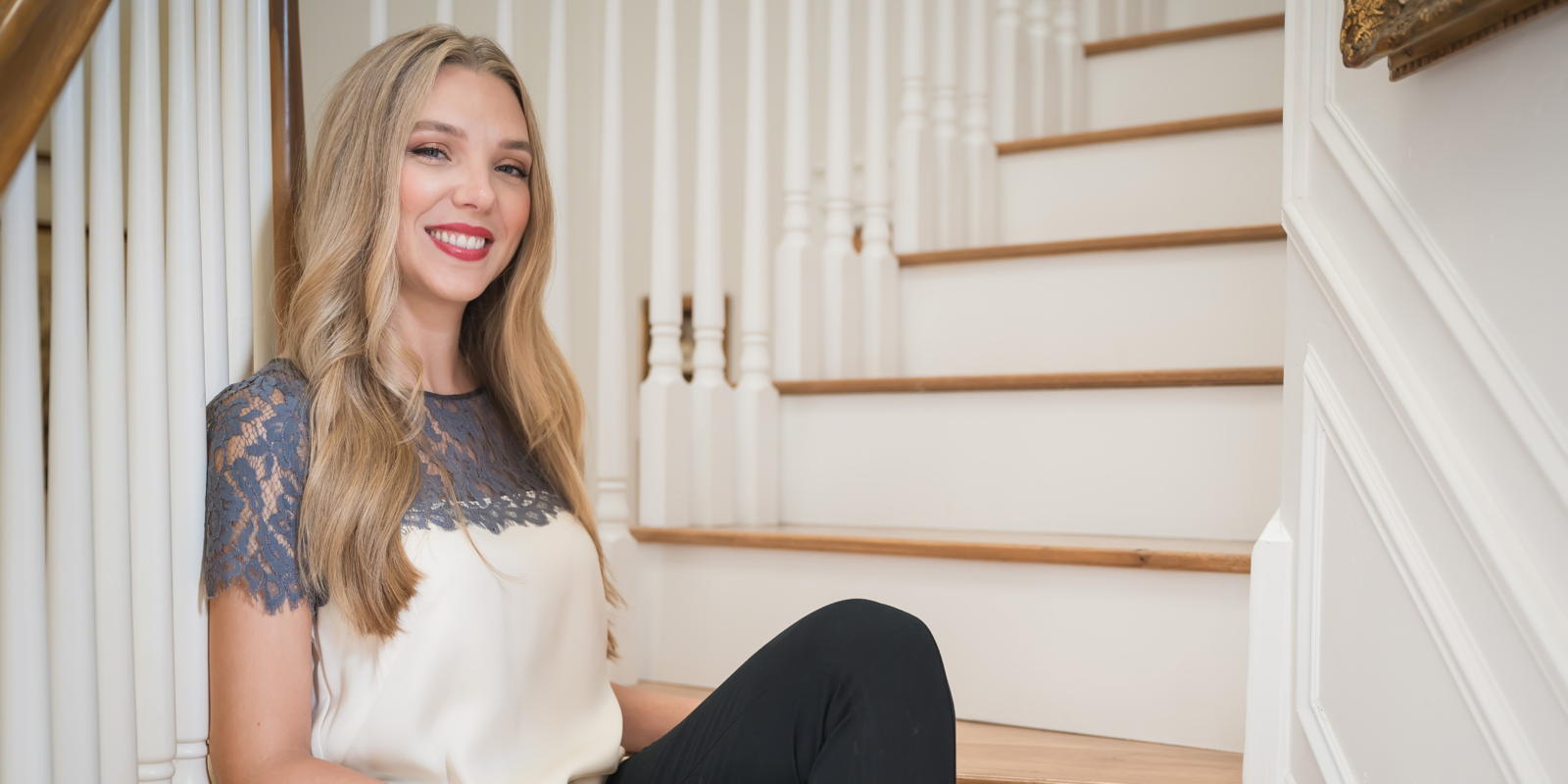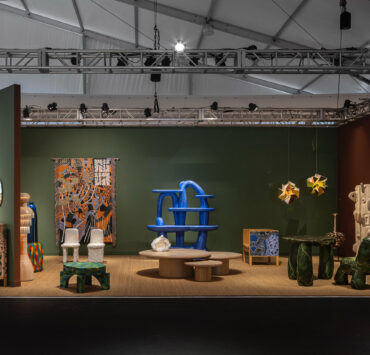Tik Tok interior designer Julie Jones has amassed over one million followers on social media, boasts a client roster of virtual design clients all across the country and most recently launched her new ecommerce destination Julie Jones Home.
Known for sharing accessible design tips that democratize the design process, Jones believes there’s room for all designers to succeed and for clients with every budget to have a beautiful home. In this interview, she breaks down her approach to digital marketing, technology, and design entrepreneurship.
Watch the full video interview below or keep scrolling on for key takeaways that could boost your design business.
Embracing video content
Video is now crucial for interior designers growing their digital presence. Social media has shifted from static images to a video-driven platform. Unlike traditional portfolios, video provides context and builds connections with potential clients. Each social media post now requires production effort but offers higher engagement. Designers — you must get comfortable on camera, Jones says, recognize that direct communication and showing your face are the best ways to build trust with fans and followers who might just become clients.
Creating high-value content
Heading into 2025, successful digital marketing is focusing on viewer value, not self-promotion. Good content educates and solves problems. Instead of merely posting room photos, describe material selections, layout functionality, and offer design tips.

Personalizing virtual design services
As it pertains to value and quality, Jones believes virtual design can match in-person services with the right strategy. Online client connections require deliberate communication and trust-building. Jones uses a detailed questionnaire to understand client needs and preferences and to get personal, just as an in-person design service would. Transparency is key, she says: show your personality, explain your process, and demonstrate personalized service. A clear consultation process helps overcome client hesitation about remote design.


Managing online criticism
Online criticism is part of digital design. Jones seems unfazed — she’s also been at it with a digital-first approach for a while now. Not every viewer becomes a client, and that’s okay. The goal, she says, is attracting clients who connect with your design philosophy by delivering consistent content and staying true to your approach. This naturally calls in ideal clients while filtering out mismatched prospects.
Mastering digital design tools
Stacking tech skills is now essential for designers. You can learn software like Photoshop, video editing apps, and design platforms directly from Jones here. She will teach you to improve efficiency, enhance communication, and provide dynamic presentations, enabling you to be competitive and offer more sophisticated, efficient digital services.
Diversifying service offerings
Expand beyond traditional services to create new revenue streams. Some designers develop product lines, offer specialized consultations, or create unique service packages.
This might include custom furniture, digital resources, or tiered service levels. Identifying market gaps creates additional client value and income opportunities.
That was how Julie Jones Home came to be – ecommerce was a natural progression for the digital-first designer who began manufacturing solid wood furniture pieces that she was having trouble finding in the marketplace, like her long, skinny console table and oversized coffee table.
Prioritizing client comfort and transparency
Client comfort drives successful design services. Give clients control and flexibility. Avoid high-pressure sales tactics by offering multiple options, clear pricing, and purchase flexibility.
Jones offers her clients a choice up front: Do you want them to use their trade resources, does the client want to purchase retail products on their own or are they okay with a mixture of both.
It is not an approach that is going to work for every interior designer, and may even seem impossible to those who build their business in the pre-internet era, but for Jones, it builds trust through open communication and commitment to client satisfaction and generates long-term, repeat client relationships.
Photography of Julie Jones by Alea Photography




